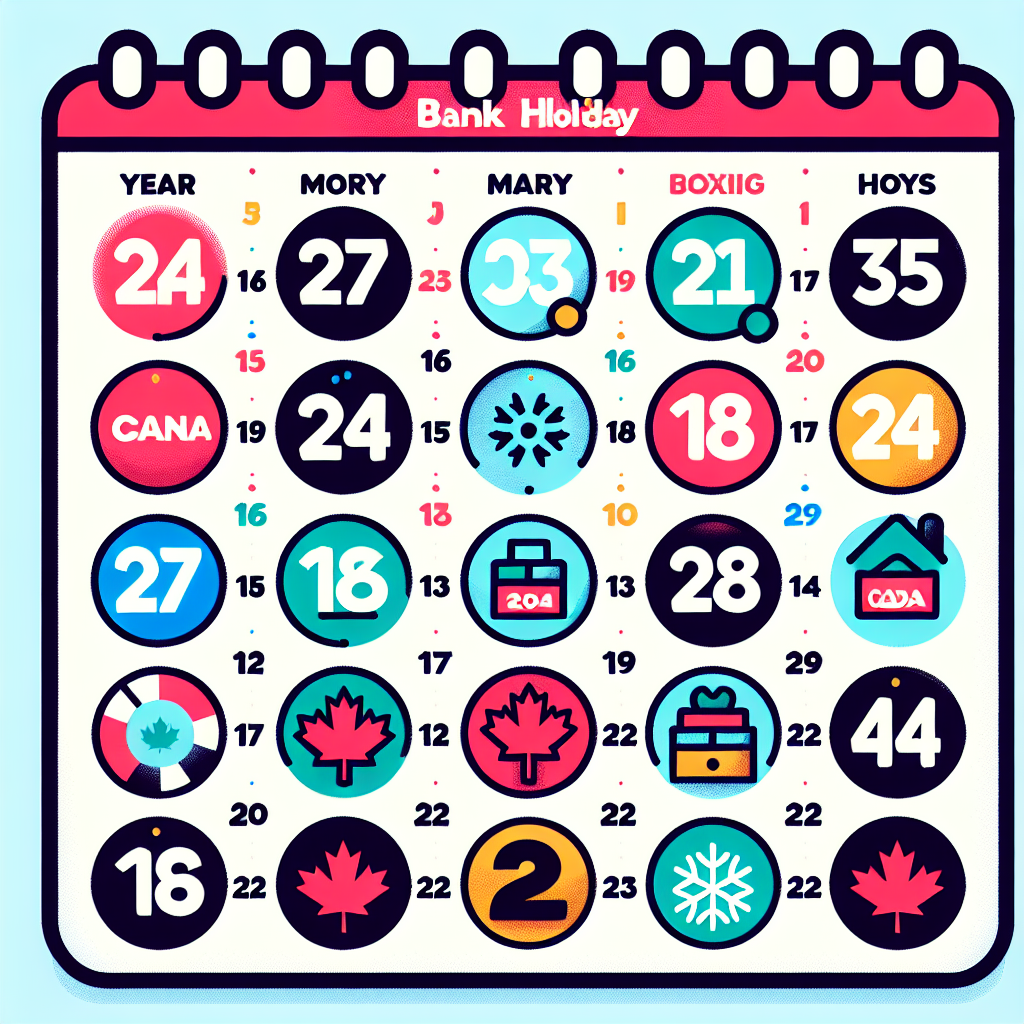===
In recent years, advancements in robotic surgery in Canada 2024 have emerged as a beacon of hope for patients and healthcare providers alike. As more individuals seek minimally invasive surgical options, the challenges of traditional procedures—long recovery times, elevated risk of complications, and significant surgical scars—become apparent. This situation beckons a transformative shift in surgical methodologies, aiming to enhance outcomes while ensuring patient safety and comfort. In this exploration, we will delve deeply into the breakthroughs that are revolutionizing robotic surgery in Canada, highlighting pioneering techniques and innovations that promise to redefine the surgical landscape.
Advancements in Robotic Surgery Technology Transforming Canada
The landscape of healthcare in Canada is rapidly evolving, particularly with respect to robotic surgery. Groundbreaking technologies are reshaping the way surgeons approach complex procedures, establishing a new standard of care. In 2024, surgical robots are equipped with enhanced dexterity and precision, enabling surgeons to navigate intricate anatomical structures with greater ease. These innovations not only promise improved surgical outcomes but also significantly reduce the physical toll on patients, leading to shorter hospital stays and quicker recoveries.
One notable advancement is the integration of artificial intelligence (AI) into robotic systems. Canadian institutions are at the forefront of developing AI algorithms that assist surgeons by providing real-time data analytics during procedures. This enables healthcare professionals to make informed decisions based on comprehensive visual and statistical feedback. By augmenting human capabilities with cutting-edge AI, the surgical team can identify potential complications earlier and tailor their approach for better patient outcomes. This synergy between human expertise and robotic assistance is a game-changer for the surgical field.
Moreover, the introduction of haptic feedback technology in robotic systems is offering surgeons a tactile experience that was previously unattainable. Surgeons can now ‘feel’ the tissue they are manipulating, allowing for enhanced precision during delicate procedures. This development addresses a long-standing concern in robotic surgery—an inherent lack of sensory feedback—which often hampered surgical performance. As Canadian medical professionals embrace these advancements, patients can expect reduced risks and improved results, ultimately transforming their experiences and outcomes in surgical care.
Pioneering Techniques and Innovations in 2024’s Surgical Field
The year 2024 has ushered in a suite of pioneering techniques that are pushing the envelope of what robotic surgery can achieve. For instance, the application of multi-port robotic systems allows surgeons to perform complex operations through several small incisions, minimizing tissue trauma and significantly reducing recovery time. These systems enhance the surgeon’s ability to access hard-to-reach areas, leading to a broader range of procedures that can be performed robotically—from gynecological surgeries to intricate cardiac operations.
Furthermore, novel surgical approaches are being developed that leverage the capabilities of robotic systems to enable remote surgeries. This paradigm shift not only expands the geographical reach of surgical expertise but also makes advanced surgical care accessible to rural and underserved communities across Canada. Surgeons can now operate on patients hundreds of miles away, utilizing high-definition video feeds and robotic instruments, thus breaking down traditional barriers to healthcare access. This innovation stands to democratize surgical care, ensuring that geographical location no longer dictates the quality of medical attention a patient can receive.
In addition to these advancements, the integration of augmented reality (AR) into robotic surgeries is gaining traction in Canada. Surgeons can now visualize intricate 3D models of a patient’s anatomy overlaid on their surgical field, enhancing their understanding and precision during operations. This combination of AR and robotic assistance facilitates a level of surgical accuracy that was once relegated to the realm of science fiction. As these techniques continue to evolve, they are setting the stage for a new era of surgical excellence and patient care in Canada.
===
As we stand on the brink of a new era in medical technology, the advancements in robotic surgery in Canada 2024 offer unparalleled opportunities for improved surgical outcomes and enhanced patient experiences. The integration of AI, haptic feedback, and remote surgical capabilities signifies a transformative shift that promises to redefine the healthcare landscape. With these cutting-edge innovations, patients across Canada can look forward to safer, more effective surgical care tailored to their needs. As we continue to monitor these developments, it’s crucial for healthcare professionals and patients alike to engage and explore these groundbreaking techniques, ensuring that the future of surgery remains bright and promising. Stay informed and invest in your health—embracing these advancements might just be the key to a faster recovery and a better quality of life.
Exploring 2024’s Innovations in Remote Patient Monitoring in CanadaEnhancing Cybersecurity Protocols in Canada’s 2024 Healthcare SystemExploring Blockchain Applications in Canadian Healthcare 2024Relevant LinkRelevant LinkRelevant LinkManaging Degenerative Disc Disease: The Role of YogaSubmitting Your Web Wrapped Curio: A Step-by-Step GuideStrategic Hiding Spots in Life is Strange Pool SceneRelevant LinkRelevant LinkRelevant LinkExploring the Impact of 40,000 Daily Steps on Weight LossEffective Yoga Poses for Optimal Weight Loss and WellnessComprehensive Reviews of Happy Mammoth Weight Loss ProgramRelevant LinkRelevant LinkRelevant Link




